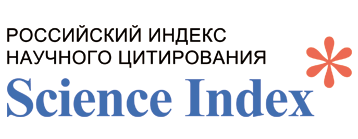AN ELECTROCHEMICAL METHOD FOR THE REGENERATION OF TRIVALENT IRON TO INCREASE THE EFFICIENCY OF IN-SITU LEACHING OF URANIUM
DOI:
https://doi.org/10.51580/2024-1.2710-1185.14Keywords:
iron (II) ions, oxidation, lump electrode, regeneration, in-situ leaching of uraniumAbstract
Abstract. Introduction. Due to the increasing demand for electricity with the development of production and general infrastructure, increasing the production of uranium as an economically and environmentally efficient source of energy is an urgent problem. The purpose of this study is to develop an electrochemical method for the regeneration of iron (III) ions used as a uranium oxidizer in the process of in-situ leaching of uranium minerals with sulfuric acid solutions. Methods. The mechanism of reactions in the iron (II)-iron (III) redox system was studied by recording potentiodynamic polarization curves and conducting electrolysis of the oxidation of divalent iron ions under galvanostatic conditions. Results and discussion. Cathode-anodic and anodic-cathode cyclic polarization curves taken on platinum electrodes showed that the redox reactions of iron ions are reversible and these reactions occur at a slight overvoltage. The influence of the main electrochemical parameters (current density, concentrations of iron (II) ions and sulfuric acid) on the oxidation of divalent iron ions was studied for the first time using granular anode electrodes, the electrode spaces of which are separated by an anionite membrane. It has been found that the use of granular graphite electrodes in the oxidation divalent iron ions increases the current output by more than 2 times compared to a plate graphite electrode. Conclusion. According to the results of the study, it was noted that under optimal conditions, the current output of the oxidation of divalent iron ions exceeds 90%. Extensive research has shown that trivalent iron ions, widely used in the in-situ leaching process for uranium production, can be regenerated by electrochemical methods.

















